Harmony: The Fall of Reverie review – An incredible story for the visual novel-inclined
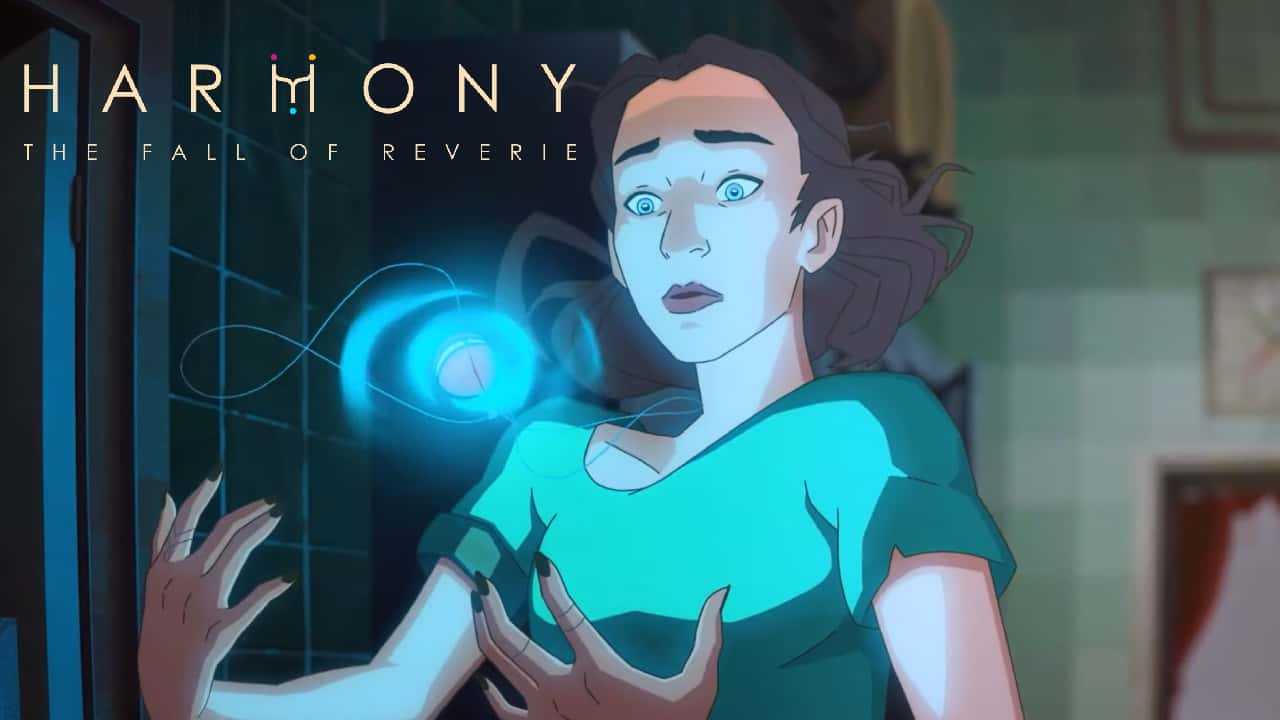 Don't Nod
Don't NodHarmony: The Fall of Reverie is one of the most captivating stories Dont Nod has ever penned, however, only its structure is only really fitting for the visual novel-inclined.
Don’t Nod has a long history of creating narrative-driven games. In fact, ever since 2016, the entire dev team solidified the studio’s purpose, dedicating themselves to indie and original games with heavy emphasis on narrative. In the age of live-service titles, AAA blockbusters, and vast open-world games that often treat stories with callousness, their commitment is rare and commendable.
Despite their many efforts to push narrative video games since then, the team is yet to achieve that real breakout release, one to stop the presses and captivate the masses.
Though with that said, Don’t Nod has again stuck to its guns in still committing to an inventive, narrative-focused game. And this time, it’s paid off in spades. Harmony: The Fall of Reverie might be their best story so far.
Harmony: The Fall of Reverie – Key Details
- Price: TBA
- Developer: Don’t Nod
- Release Date: June 8, 2023 (first on PC & Nintendo Switch) | June 22 (later on PS5 & Xbox Series X | S)
- Platforms: PC, PS5, Xbox Series X | S, Nintendo Switch
Harmony: The Fall of Reverie – Trailer
One of Don’t Nod’s best narratives
In my preview of Harmony, I dedicated a massive chunk of the piece to praising its story. In my eyes, it genuinely is Don’t Nod’s most captivating story to date. As I started the preview, I pointed out the dev’s history of shallower plots that tend to struggle to capture the full scope they were going for.
However, it seems to have slowly shifted, as now with the release of Harmony, and being able to actually experience it in its full glory, it would not be too far a stretch to call it one of Don’t Nod’s best narratives to date.
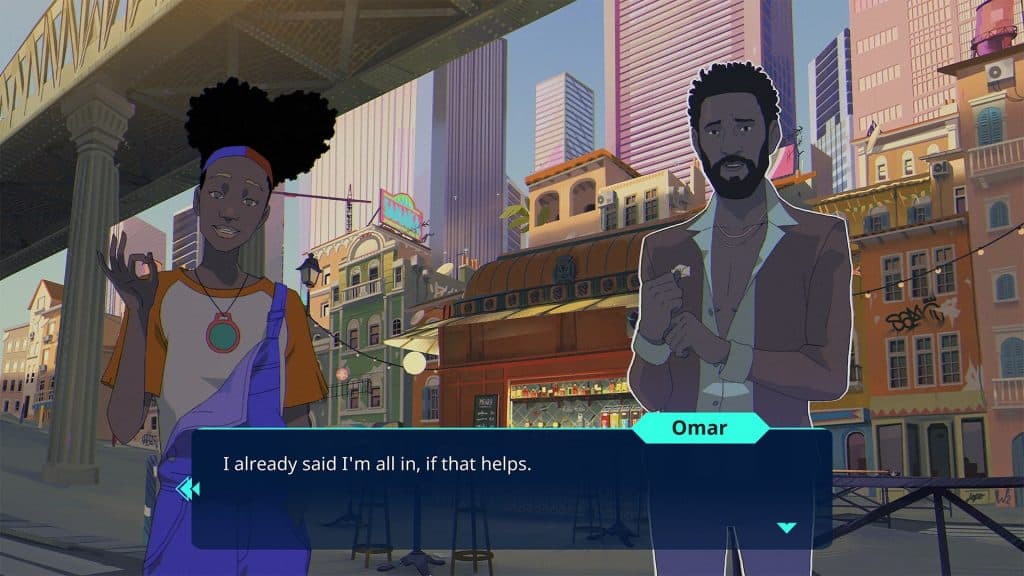 Don’t Nod
Don’t NodHarmony masks itself as a much simpler tale than it really is. Polly, or Harmony in Reverie, comes home to Atina after years away due to news that her mother has gone missing. It’s only after returning that she is suddenly transported into another world, Reverie, a world in utter disarray. Upon being relocated through dimensions, she is tasked with appointing who will ultimately rule this mysterious world.
In the Reverie, there are six “aspirations” that are all vying for power. Each of them represents the aspirations of humanity: Glory, Bliss, Power, Chaos, Bond, and Truth. And by the end of the story, through our choices, one of these aspirations will ultimately rule.
However, that’s just the story that you’d write on the back of the video game cover. What Harmony is really about under the surface is the painful reality of gentrification by faceless mega corporations (in this case Mono Konzern), and how communities are torn apart, how vast history is lost, the sanding down of individuality and dissent, and how journalists, academics, and artists are silenced for their advocacy for truth. Most importantly, finely woven between these heavy beats is a story of the trauma of growing up in a dysfunctional environment and the pains of being a good family member.
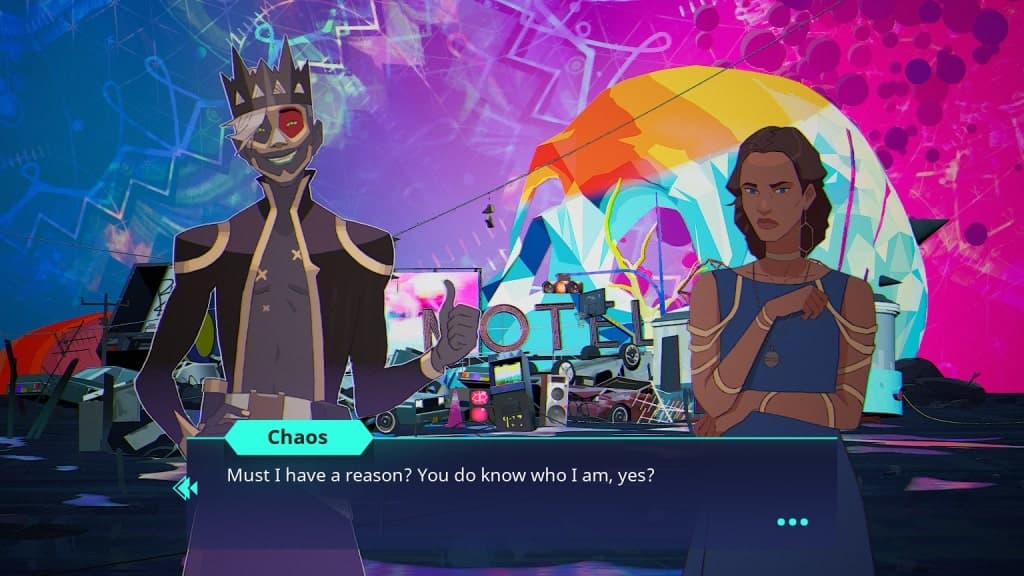 Don’t Nod
Don’t NodThrough the decisions we make in the real world of Atina, and the choices we follow up with in Reverie, the paths intertwine and impact one another in unpredictable ways. If you decide to side with an aspiration in Reverie, it will also affect how our characters deal with the looming problem of Mono Konzern.
And that’s where I will leave the explanation of the game’s story, as there is much more to sink your teeth into, and I fear if I explain it, it may ruin the experience. It’s one of those games where going into it as blind as possible, in my opinion, is the very best way to experience it.
The way the story intertwines the very real problems of gentrification, the almost political power struggles between aspirations, and the very intimate family drama reminds me of Alfonso Cuarón’s Roma. A story that masks itself as just a simpler family drama, when in reality doubles as a commentary on Mexico’s political troubles in the 70s. There’s much more to Harmony than first meets the eye.
An art style that feels like the warmth of home
Harmony’s art style is incredibly unique in the repertoire of Don’t Nod. Known for its animations in 3D, Harmony marks a massive departure from their norm by completely going 2D and opting for a more anime-esque approach. Akin to the stylings of Avatar: The Legend of Korra and Invincible.
As you can see by just a few screenshots here, Don’t Nod hit it out of the park. Somehow, the devs have struck upon an art style that befits its incredibly intimate story. The way everything is drawn makes characters and the landscape of Atina pop out of your screen, somehow breathing so much life into a game genre with normally stale art.
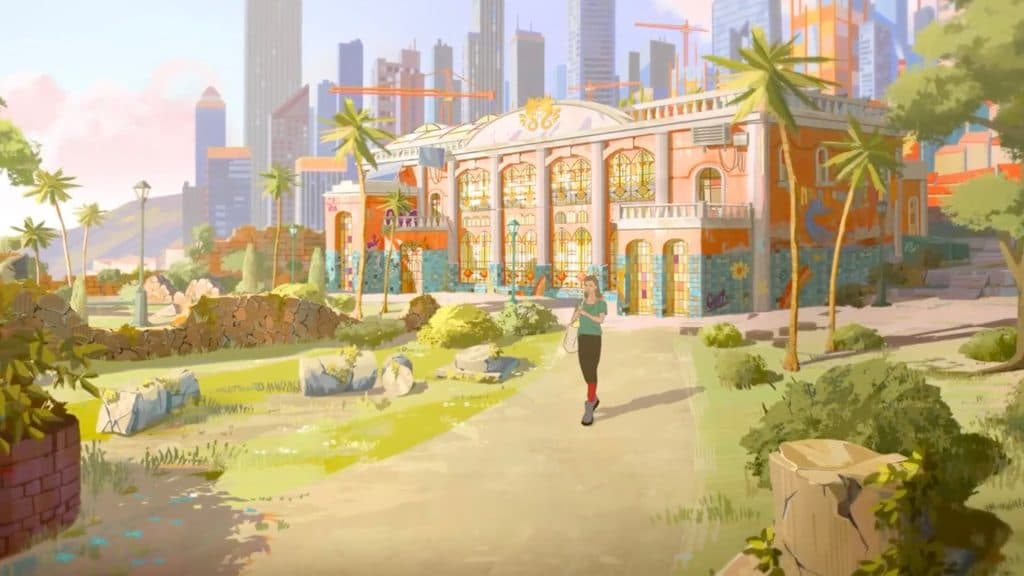 Don’t Nod
Don’t NodAnd through its art, the devs use it as a clever means of storytelling. When we’re in Alma, all the buildings are bathed in this soft golden hour light, with buildings dripping in colors. However, in contrast, the back of the buildings in Alma features skyscrapers and office blocks looming over it, a stark reminder of MK’s influence over the city’s inhabitants.
When we’re in Reverie, everything feels so otherworldly. It comes across both out of this world yet firmly human. Each aspiration has its own home, each being modeled after very earthly locations. Glory’s home is a nightclub, Power’s home is a brutalist cathedral which feels like it’s meant for only the powerful, and Chaos’ home feels like a mish-mash of random stuff.
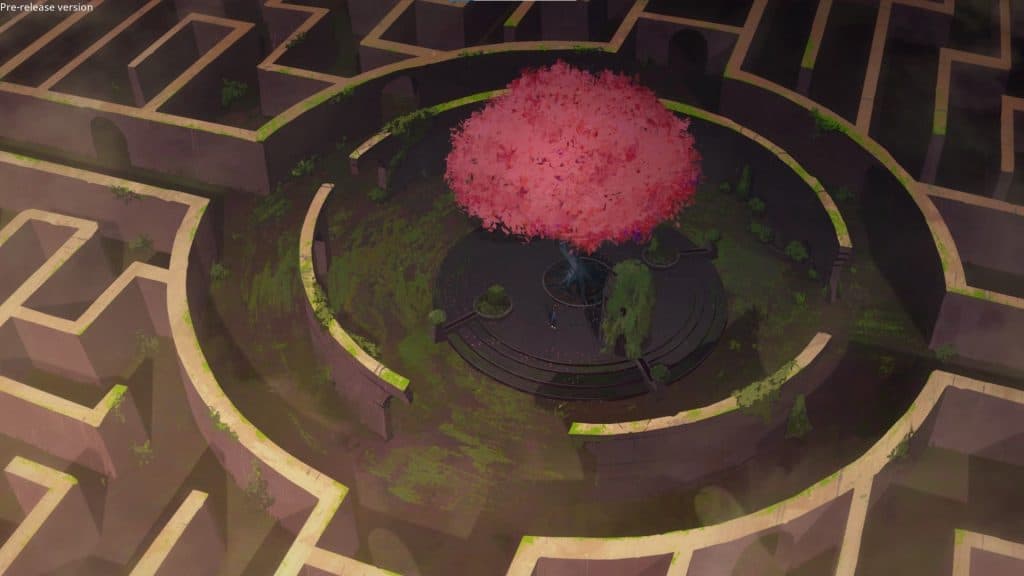 Don’t Nod
Don’t NodHarmony is an incredibly beautiful game from start to finish. Each location has this wonderful warm undertone that makes every single scene feel like you’re going home for the first time in a long time.
The restrictions of a visual novel
I can praise Harmony’s story and visuals all day long, but it’s still worth bearing in mind that the game is a visual novel through and through. If you are not attracted to the gameplay trappings of visual novels, there’s a fair chance you will leave disappointed.
Yes, there are games that feel like visual novels, take 2019’s Game of the Year Disco Elysium and the fact it made gamers read what was tantamount to David Foster Wallace’s Infinite Jest. However, Harmony’s visual novel makes no attempt at trying to hide away as purely a visual novel, unlike Disco Elysium’s isometric adventure gameplay.
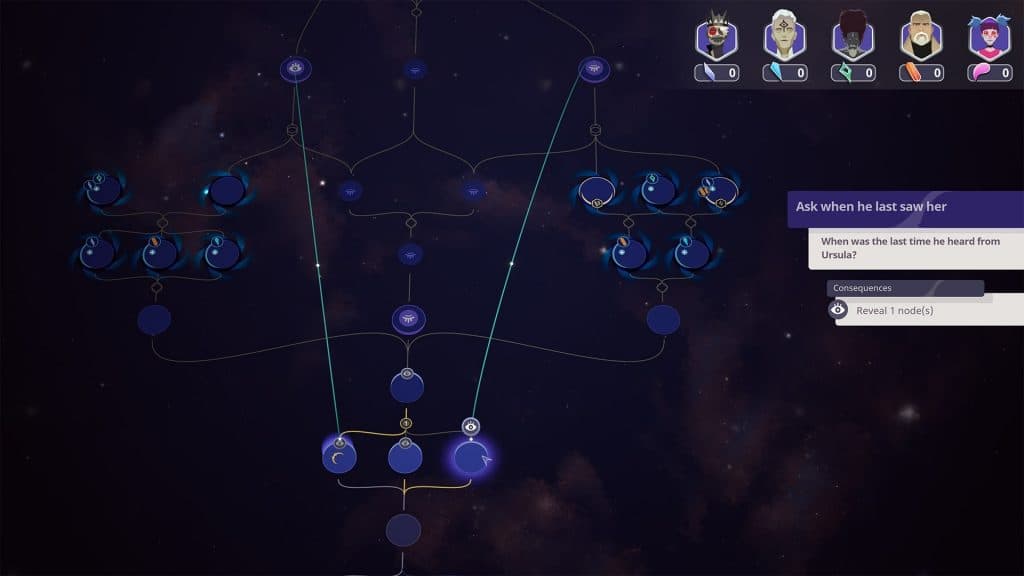 Don’t Nod
Don’t NodJust like any visual novel, you interact with characters, and your dialogue options and actions will have an impact on the overall story. Every other choice you make will see you build crystals, each representing an aspiration. And by gaining these crystals, you will eventually be led into a particular path’s ending. Harmony is slightly unique in that you can see the branches, and the game does give a solid illusion of choice.
And of course, you cannot change your options once you’ve picked. Unless you start a new save, but I wouldn’t recommend doing that as living with the choices you’ve made has so much more impact, as you might expect.
Overall, its gameplay serves the story and visuals nicely and functions well as a visual novel. However, as a video game, it’s missing the core aspect of what makes video game narrative so incredible. The intertwining of its core gameplay loop and story.
Verdict 4/5
Harmony’s main problem is that it is restricted by its structure as a visual novel, and it’s hard to view it as anything but just that. While it makes no attempt to be anything else, due to its limitations, the game can be quite hard to recommend to those who wouldn’t normally enjoy visual novels. However, for those who the style appeals to, this is an excellent release you won’t want to miss.
Despite its visual novel trappings, the story is one of the most incredible and unique, with a great deal of thought put into every single twist and turn.